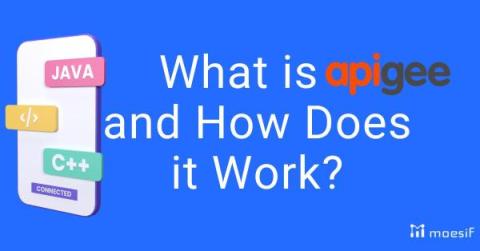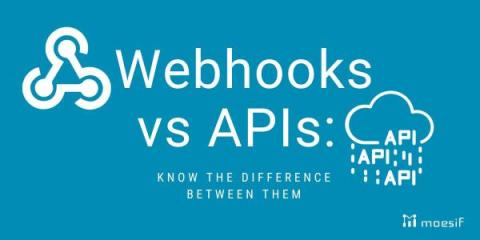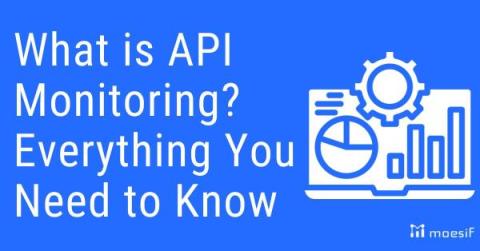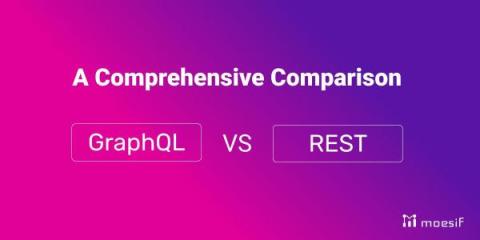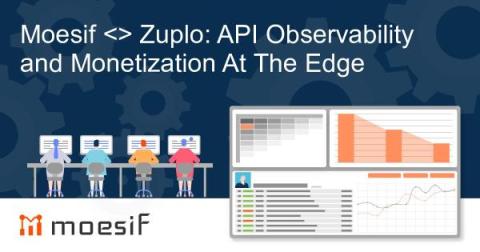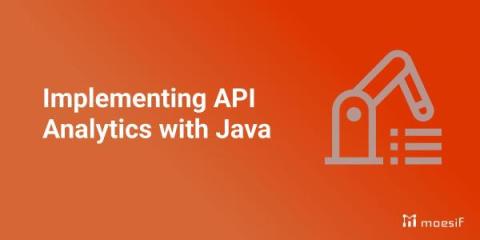What is Apigee API: How Does It Work?
APIs play a crucial role in SaaS product’s ability to communicate with internal and external applications. APIs have revolutionized the ways in which applications communicate, exchange data, and how software developers and providers structure their systems and products. But managing the large flow of data and information while ensuring data protection and minimal downtime is no easy task.


